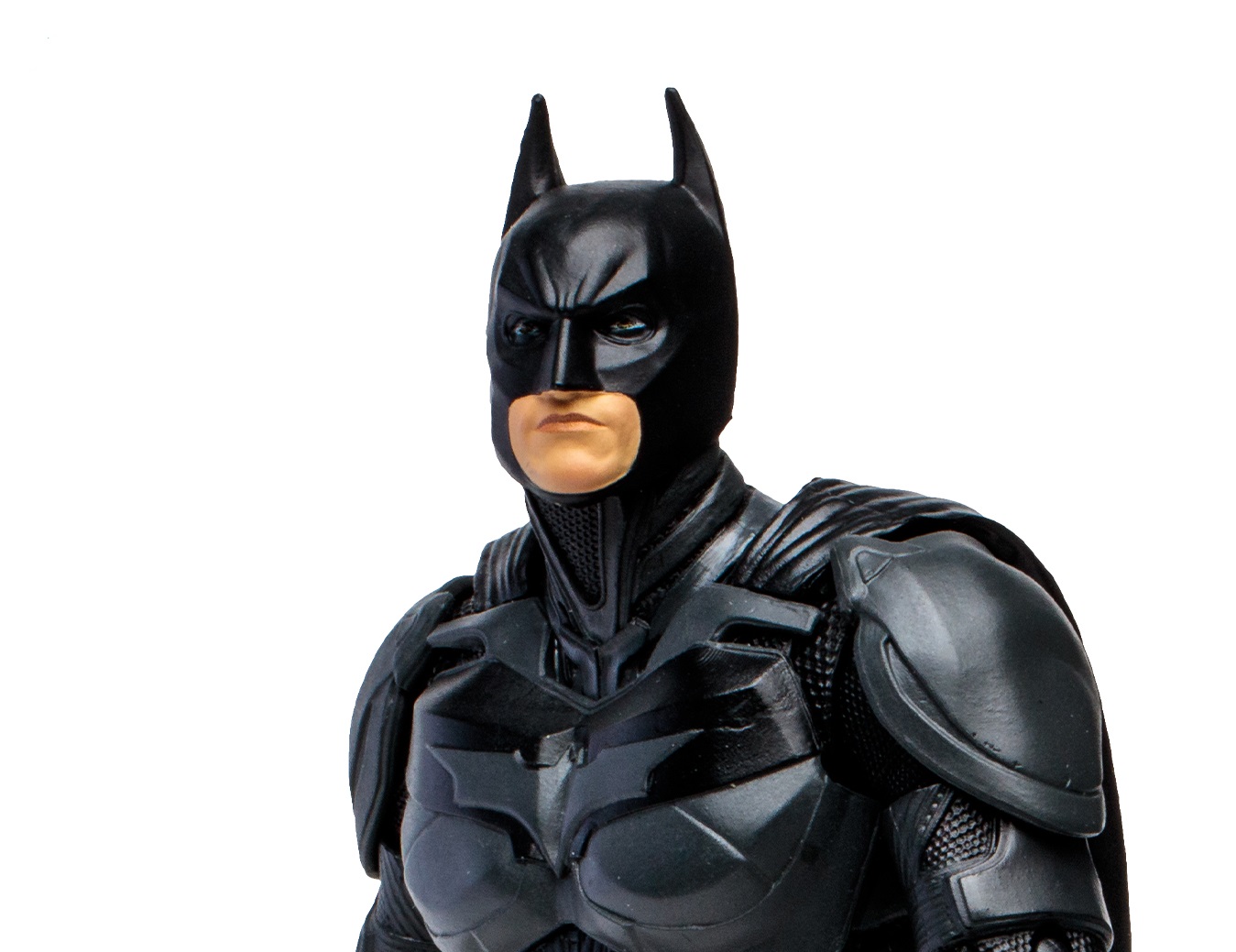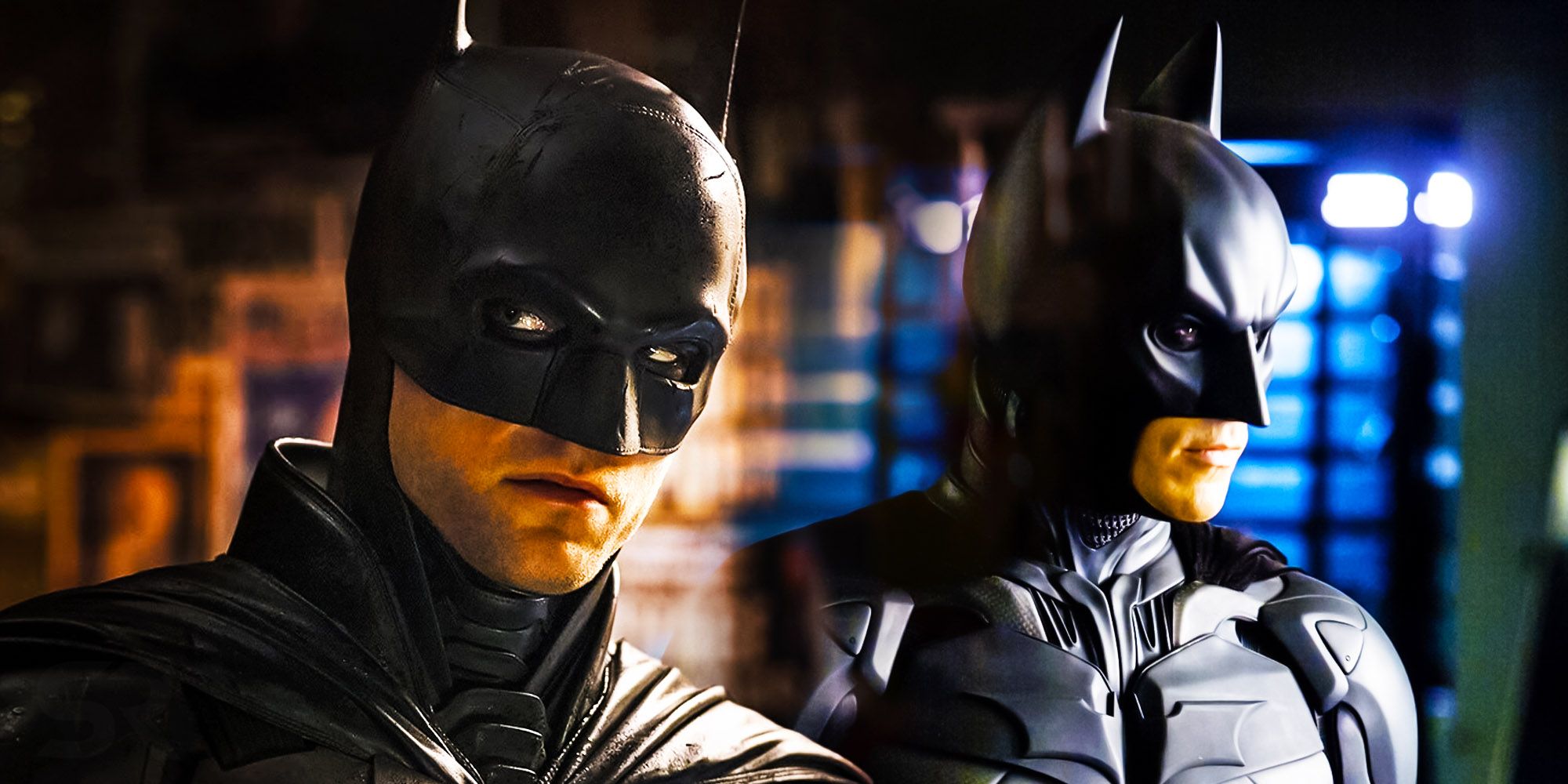The Intriguing Role Of The Villain In Batman: The Dark Knight
Let’s be real here, folks. When we talk about "Batman: The Dark Knight," one thing stands out—villains. Not just any villains, but the ones who bring chaos, unpredictability, and a whole lot of drama to Gotham City. This ain’t your average superhero flick where the bad guy is just some guy in a mask trying to blow stuff up. Nah, this is deeper. This is psychological warfare, moral dilemmas, and a battle of ideologies. And that, my friends, is what makes "The Dark Knight" so damn fascinating.
Now, before we dive into the nitty-gritty, let’s set the stage. "The Dark Knight" isn’t just another movie in the Batman franchise. It’s a masterpiece that redefined the superhero genre. Directed by Christopher Nolan, it’s a film that explores the complexities of good vs. evil, heroism vs. villainy, and the gray areas in between. And at the heart of it all? The villains. They’re not just there to make Batman look good; they’re there to challenge him, to push him to his limits, and to make us question everything we thought we knew about justice and morality.
So why are the villains in "The Dark Knight" so intriguing? Because they’re not one-dimensional. They’re not just evil for the sake of being evil. They’re complex characters with motivations, backstories, and ideologies that make them as compelling—if not more—than the hero himself. And that’s what we’re gonna talk about today. So buckle up, because we’re about to dive deep into the world of Gotham’s greatest adversaries.
Read also:Is Megan Moroney A Liberal Exploring Her Political Identity
Table of Contents
- The Role of the Villain in "The Dark Knight"
- The Joker: Chaos Personified
- Two-Face: A Study in Duality
- The Psychology Behind the Villains
- The Impact on Gotham
- Comparing the Villains to Other Films
- Christopher Nolan’s Vision
- Fan Reactions and Legacy
- Iconic Quotes from the Villains
- Conclusion: Why the Villains Matter
The Role of the Villain in "The Dark Knight"
Okay, so let’s talk about the role of the villain in "The Dark Knight." In most superhero movies, the villain is there to create conflict and give the hero something to fight against. But in this film, the villains do so much more than that. They’re not just obstacles; they’re catalysts for change. They force Batman to confront his own beliefs, his own limitations, and his own humanity. And that’s what makes them so fascinating.
In "The Dark Knight," the villains aren’t just bad guys. They’re symbols. The Joker represents chaos, unpredictability, and the idea that some people just want to watch the world burn. Two-Face represents the duality of human nature—the struggle between good and evil, light and darkness, order and chaos. These characters aren’t just there to make Batman’s life harder; they’re there to make us think. They make us question what it means to be a hero, what it means to be a villain, and where the lines between the two really lie.
The Joker: Chaos Personified
Now, let’s talk about the big guy—the guy who steals the show every single time. The Joker. Played by the legendary Heath Ledger, this version of the Joker is unlike any other. He’s not just a guy with a penchant for violence and a knack for causing trouble. He’s a force of nature. He’s chaos personified. He doesn’t have a plan, a motive, or a goal. He just wants to see what happens when you throw a wrench into the works and watch everything fall apart.
Here’s the thing about the Joker: he’s not your average villain. He doesn’t want power, money, or revenge. He just wants to prove a point—that deep down, everyone is as chaotic and unpredictable as he is. He’s a symbol of the randomness and unpredictability of life, and that’s what makes him so terrifying. And let’s not forget, Heath Ledger’s performance was nothing short of iconic. He brought a level of depth and complexity to the character that no one else could have.
Two-Face: A Study in Duality
And then there’s Two-Face. Oh, Two-Face. Where do we even begin? Harvey Dent was once Gotham’s shining knight, the white knight, the guy who was gonna clean up the city and bring justice to the streets. But then, tragedy struck. And with it came the transformation from Harvey Dent to Two-Face, a man torn between two worlds—the world of order and the world of chaos.
Two-Face isn’t just a guy with a burned face and a penchant for flipping coins. He’s a symbol of the duality of human nature. He represents the struggle between good and evil, the battle between light and darkness. And that’s what makes him so compelling. He’s not just a bad guy; he’s a guy who’s been pushed to his breaking point and forced to make choices that no one should have to make.
Read also:Why You Should Join Wewillwritecom Today Unlock Your Writing Potential
The Psychology Behind the Villains
Let’s talk psychology for a second. What makes these villains so intriguing isn’t just their actions; it’s their motivations. The Joker doesn’t want power or money. He wants chaos. He wants to prove that the world is inherently random and unpredictable. And Two-Face? He’s not just a guy who got burned. He’s a guy who’s struggling with trauma, loss, and the idea that the world isn’t as black and white as he once thought.
These villains aren’t just there to create conflict; they’re there to make us think. They make us question our own beliefs, our own values, and our own understanding of the world. And that’s what makes them so powerful. They’re not just characters in a movie; they’re symbols of the complexities of human nature.
The Impact on Gotham
Now, let’s talk about the impact these villains have on Gotham. The Joker and Two-Face don’t just wreak havoc on the city; they change it. They force Gotham’s citizens to confront their own fears, their own prejudices, and their own moral compasses. The Joker makes them question whether they’re really as good as they think they are. Two-Face makes them question whether justice is really as clear-cut as they believe.
And let’s not forget the impact on Batman himself. These villains force him to confront his own limitations, his own beliefs, and his own humanity. They make him question whether he’s really the hero Gotham needs or if he’s just another part of the problem. And that’s what makes "The Dark Knight" so powerful—it’s not just about the villains; it’s about how they affect everyone around them.
Comparing the Villains to Other Films
So how do the villains in "The Dark Knight" stack up against other villains in the superhero genre? Well, let’s just say they’re in a league of their own. Unlike other villains who are motivated by power, revenge, or greed, the villains in "The Dark Knight" are motivated by something much deeper—chaos, duality, and the human condition. They’re not just bad guys; they’re symbols of the complexities of life.
And that’s what sets "The Dark Knight" apart from other superhero movies. It’s not just about good vs. evil; it’s about the gray areas in between. It’s about the complexities of human nature, the unpredictability of life, and the idea that sometimes, the lines between hero and villain aren’t as clear as we’d like them to be.
Christopher Nolan’s Vision
Let’s give credit where credit is due. Christopher Nolan didn’t just direct "The Dark Knight"; he crafted it. He created a world that was as complex and nuanced as the characters themselves. He didn’t just give us a superhero movie; he gave us a psychological thriller, a crime drama, and a meditation on the nature of heroism and villainy.
Nolan’s vision was clear from the start. He wanted to create a world that felt real, a world where the stakes were high and the consequences were real. And he did it. He created a film that wasn’t just entertaining; it was thought-provoking. It made us think about the world we live in, the choices we make, and the people we become.
Fan Reactions and Legacy
So what do the fans think? Well, let’s just say the reaction was overwhelming. "The Dark Knight" was a cultural phenomenon. It wasn’t just a movie; it was an experience. Fans were blown away by the depth and complexity of the characters, the intensity of the action sequences, and the thought-provoking themes.
And let’s not forget the legacy. "The Dark Knight" redefined the superhero genre. It set the bar for what a superhero movie could be—a film that wasn’t just about action and spectacle but about substance and meaning. And it all started with the villains. The Joker and Two-Face weren’t just bad guys; they were icons. They were symbols of the complexities of life, and that’s why they’ll always be remembered.
Iconic Quotes from the Villains
Let’s end with some iconic quotes from the villains themselves. These lines aren’t just memorable; they’re meaningful. They encapsulate the essence of the characters and the themes of the film.
- “Why so serious?”—The Joker
- “You either die a hero or you live long enough to see yourself become the villain.”—Harvey Dent
- “Introduce a little anarchy. Upset the established order, and everything becomes chaos.”—The Joker
- “You know what I noticed? The mob has this rule, you know? About violence. You don’t kill innocent people. You know what I noticed? It’s a load of crap.”—Two-Face
Conclusion: Why the Villains Matter
So there you have it. The villains in "The Dark Knight" aren’t just bad guys; they’re symbols. They represent the complexities of human nature, the unpredictability of life, and the gray areas between good and evil. They make us think, they make us question, and they make us care. And that’s why they matter.
So next time you watch "The Dark Knight," don’t just focus on Batman. Focus on the villains. Focus on what they represent, what they stand for, and what they make you think about. Because at the end of the day, it’s not just about the hero; it’s about the villains too. And that’s what makes "The Dark Knight" so damn fascinating.
So what do you think? Do the villains in "The Dark Knight" live up to the hype? Let us know in the comments below. And if you enjoyed this article, don’t forget to share it with your friends. Because let’s be real—Batman’s villains are worth talking about.


